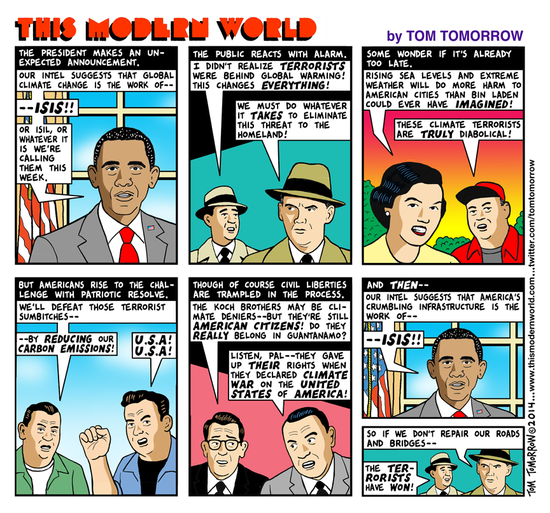The US is rightly criticized for being one of the most backward countries in the developed world when it comes to providing health care and social benefits. So I was surprised to read that at one time, it actually provided universal child care through what is known as the Lanham Act. The law was designed to fund war-related infrastructure projects but got reinterpreted when a new need arose in 1943.
The Lanham Act’s child care network came about because women were asked to enter the workforce when servicemen left to fight in World War II. “Initially childless women were urged to enter the labor market, but it became clear that there were far too few childless women,” he said. The government then called on women with older children, but even that wasn’t enough, so women with younger children were also asked to leave the home and head to the factory. “Along with that came the realization that the nation’s system of child care was really inadequate to serve the demand for child care,” he said. Horror stories abounded: “[S]tories of children locked in cars adjacent to factories, chained to temporary trailer homes, and left in movie theaters quickly filled newspapers and eventually became the subject of Congressional hearings,” Herbst writes in his paper. So Congress acted.
…There were not many evaluations of these centers at the time, but Herbst found one study in California, which had perhaps the highest-quality centers, that found that “mothers were really surprised by the quality of care,” he said. “They basically gave it two thumbs up.” It got a nearly 100 percent satisfaction rate, and mothers felt their children got good experiences in care and it didn’t damage their relationships with their children.
Advocates wanted the program made permanent but failed to convince the government and the program folded in 1946 after the war ended.
So the US can create and run good social welfare programs but only if it serves its insatiable war machine. This gives Tom Tomorrow an idea about how to get such programs supported.


Did you know that after WWII, there was a massive campaign to get women back into the home?
The law was designed to fund war-related infrastructure projects but got reinterpreted when a new need arose in 1943.
Once the powerful realized that they weren’t in danger from nazism, then there was no need for the safety net. Besides, their children get adequate care!